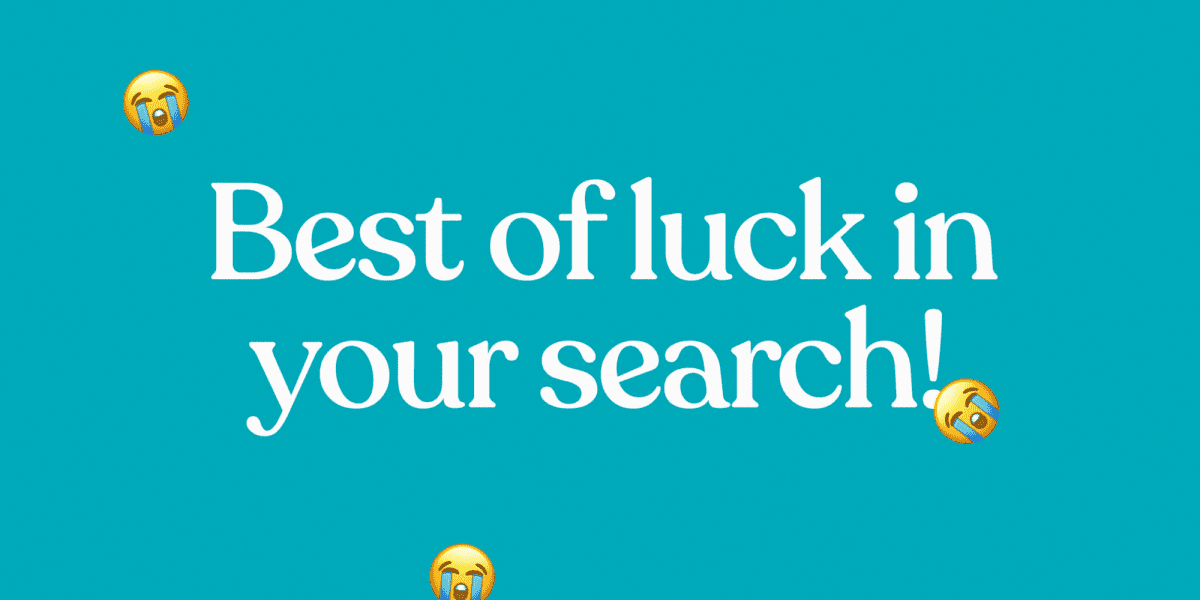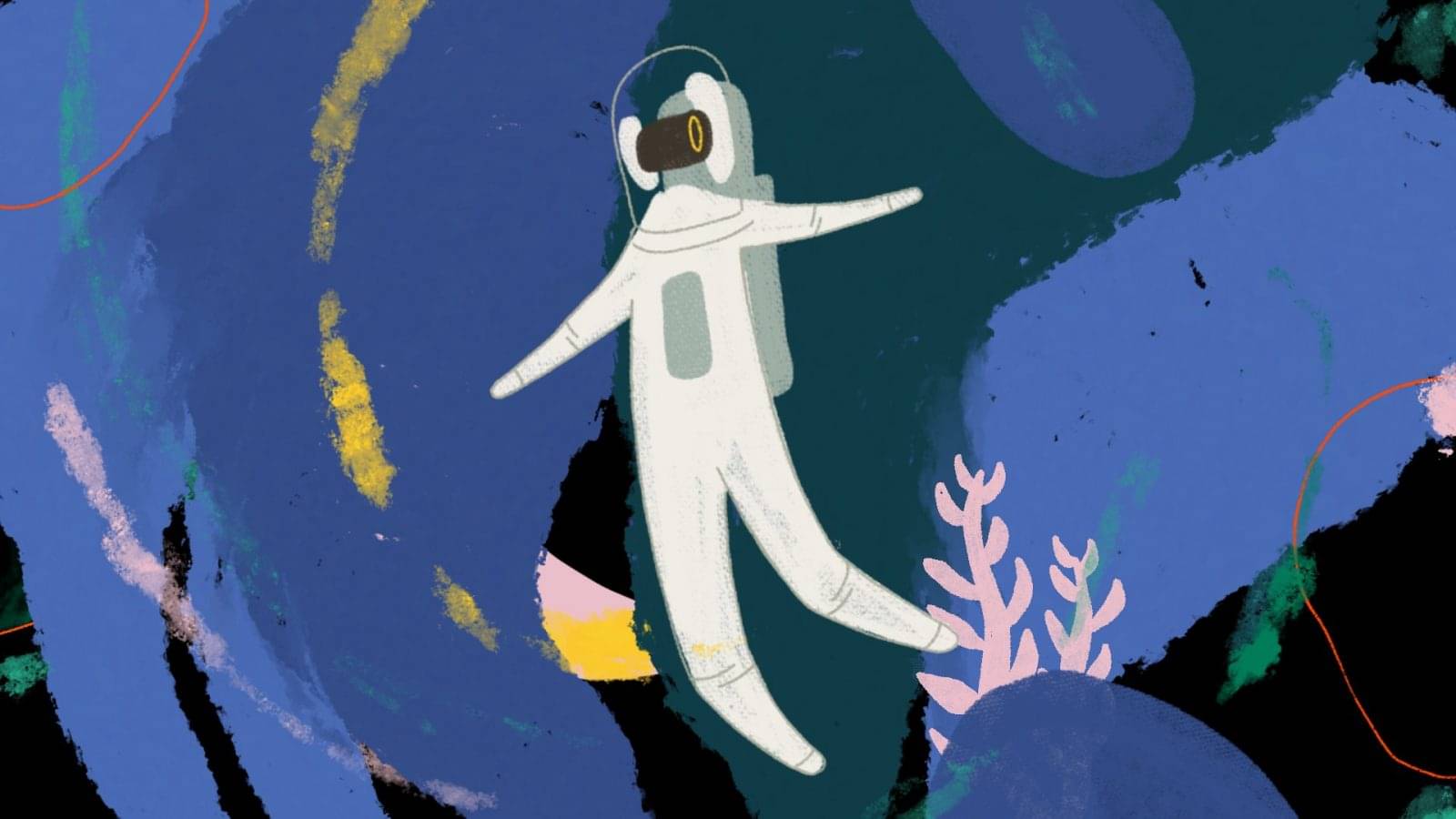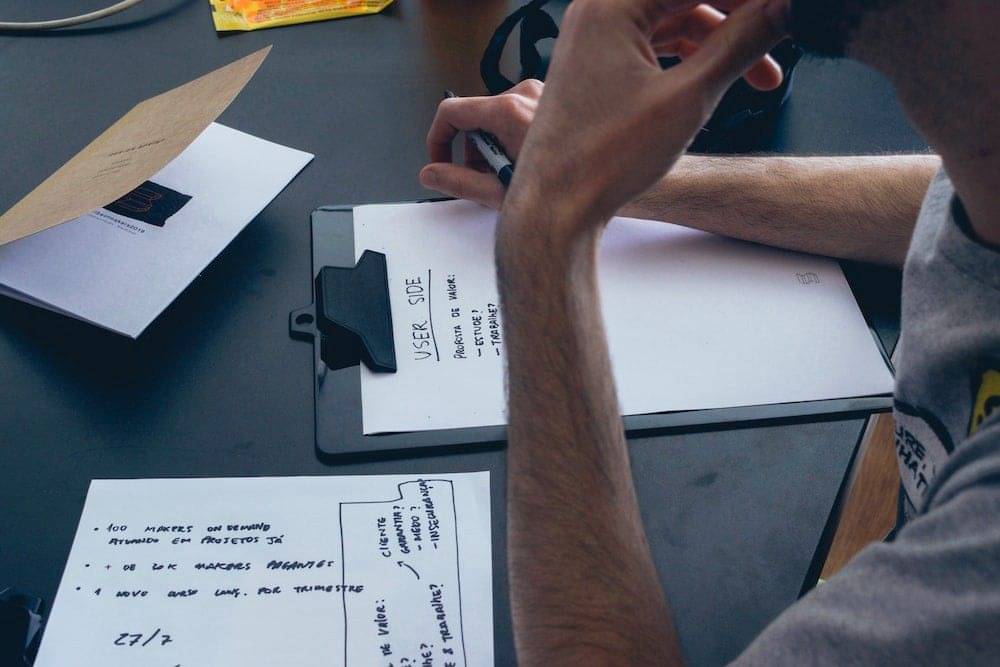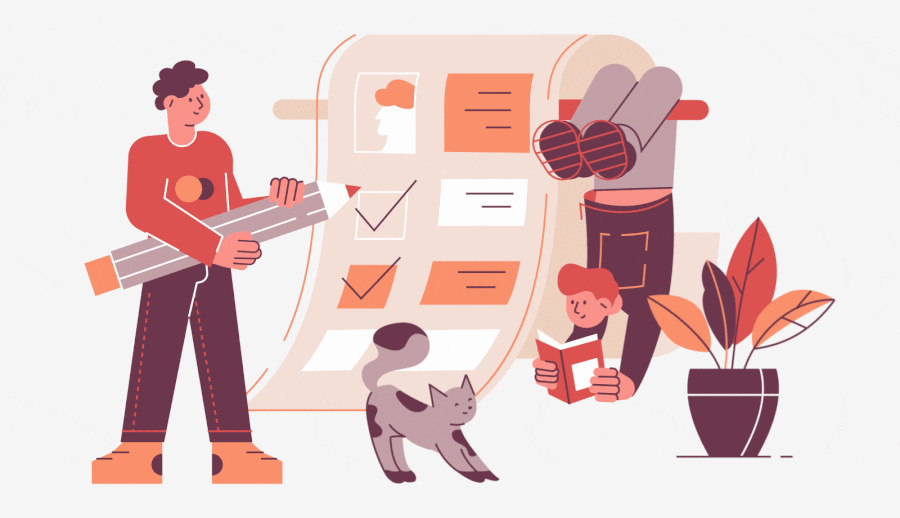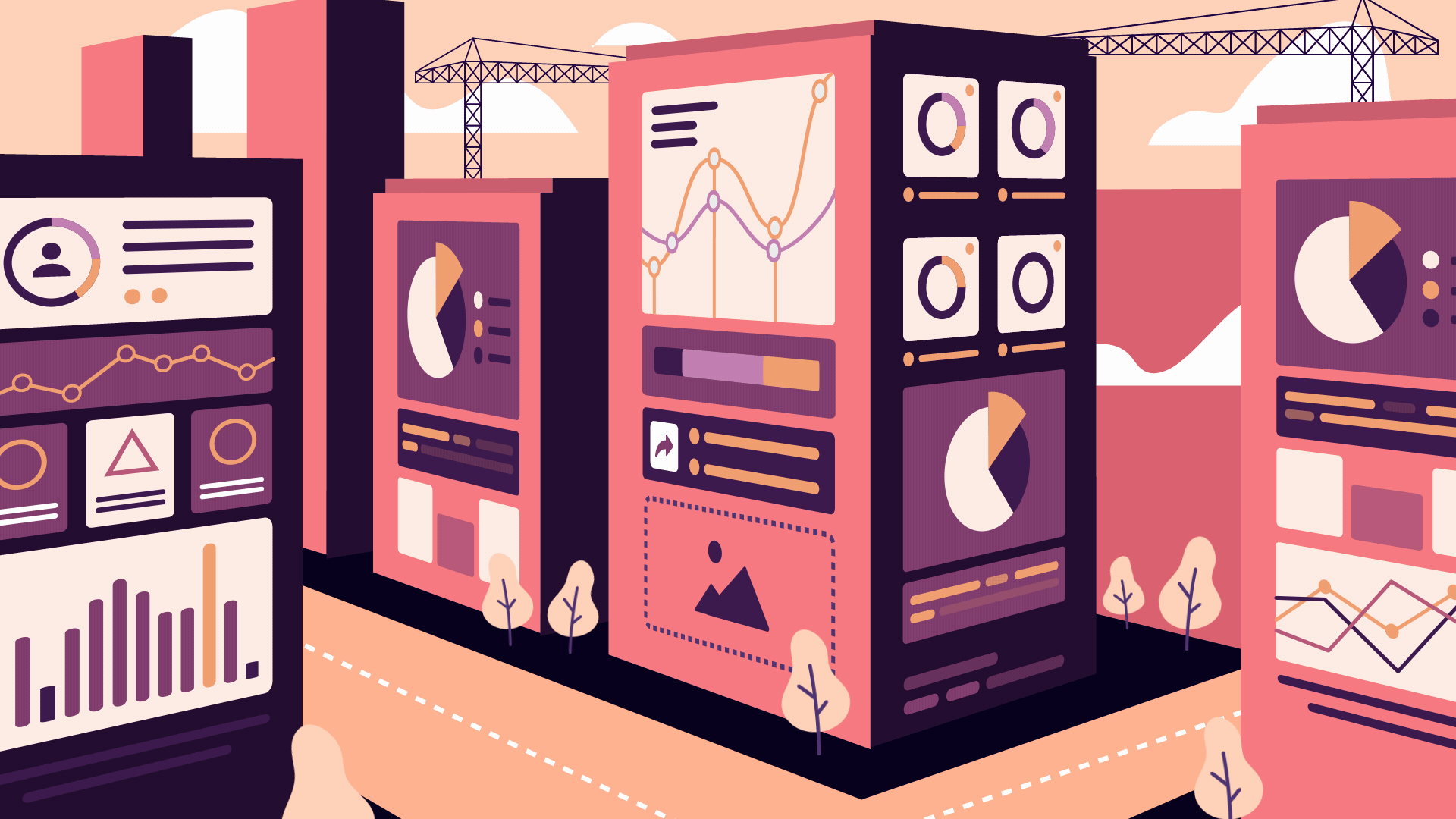What I’ve learned from many failed interviews.
Interviewing is hard.
Interviewing during a global pandemic and mass layoffs is very hard.
I’ve made a lot of mistakes during interviews for UX, UI and product roles. Read this if you don’t want to make the same mistakes.
The standard interview process goes like this:
- Application or referral for a job
- Initial phone call with recruiter
- Conversation with design director
- Presentation of work/meet the team
- Final interviews (sometimes called a virtual onsite)
- Offer and negotiation
There are many different pitfalls along the way to getting a job offer as a product designer. Here are some of the basic ones to avoid.
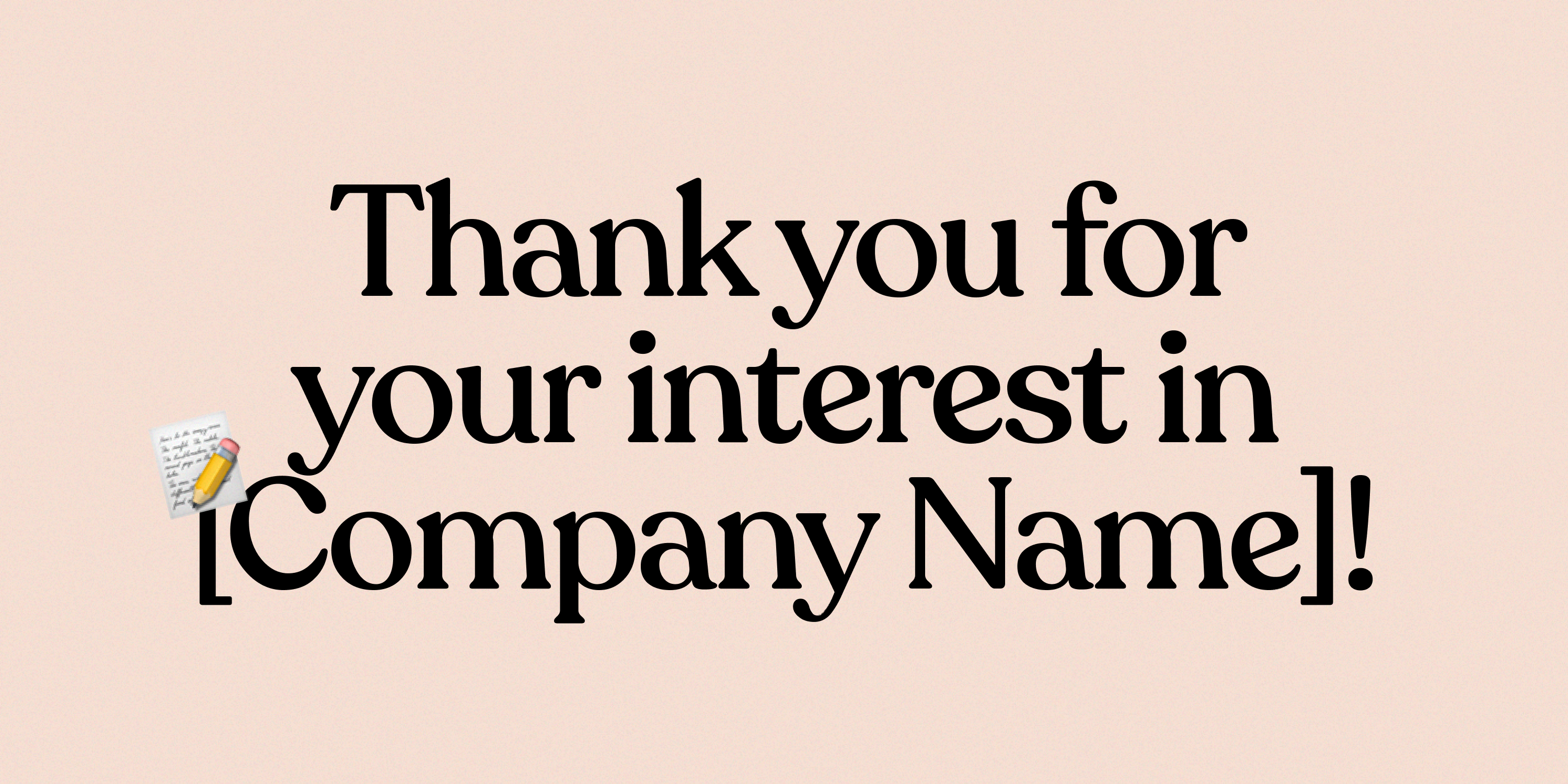

Letter
Failing to get your foot in the door
Your portfolio is ready, your resume is perfect. You submit the online application and… crickets.
If you‘re using online application portals, you might as well throw your resume into a black hole.
Every job offer I’ve received happened for one of the following reasons:
- I knew a recruiter at the company and reached out
- I knew someone who worked at the company and had them refer me
- Someone found my work online and contacted me
If you want to get the conversation started, you need to get people interested enough to talk to you.
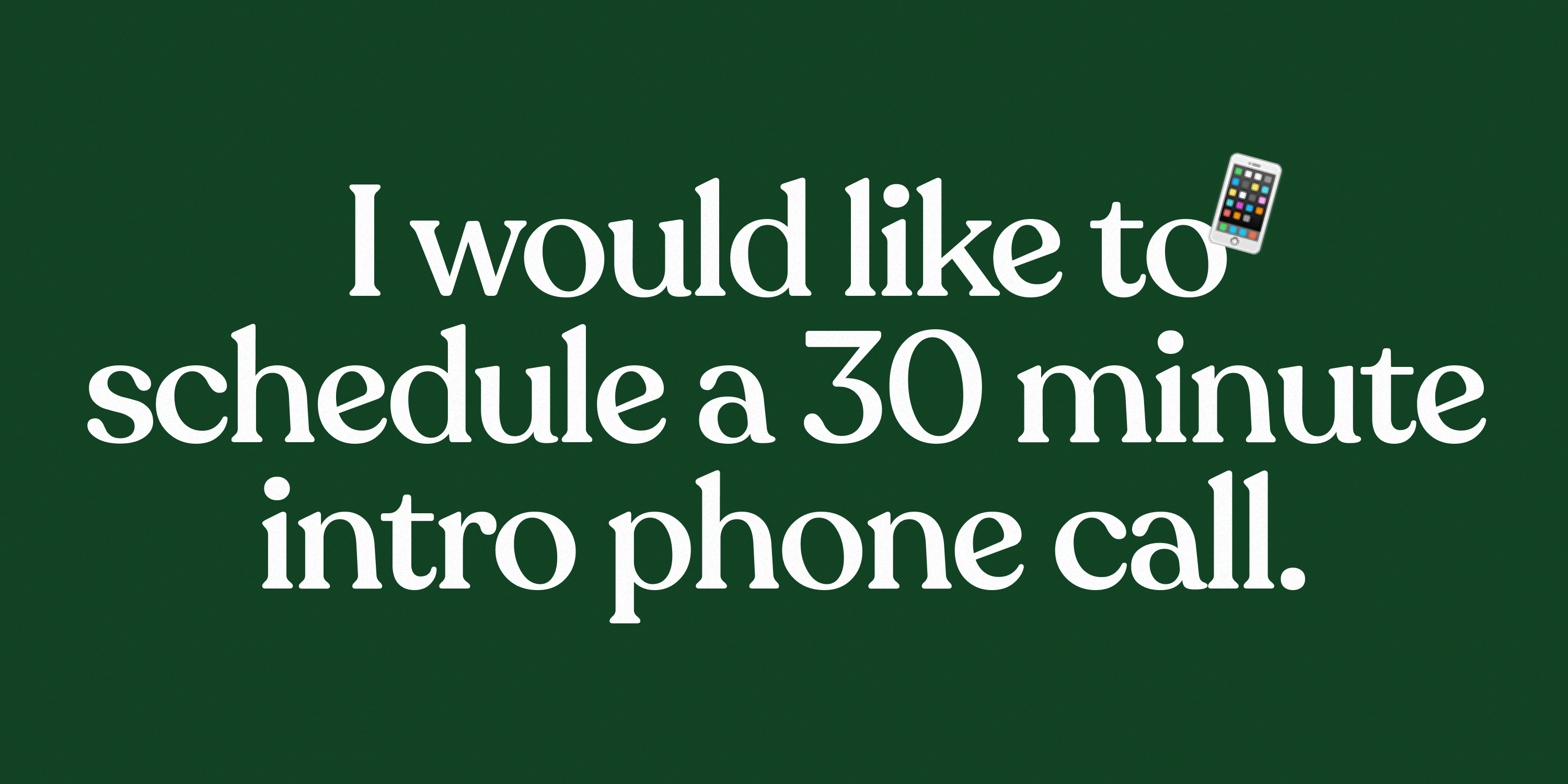
You weren’t prepared for the phone screen
Once you’ve captured the attention of the recruiter, design or product teams, a recruiter will reach out to schedule a quick phone call.
These calls don’t usually last more than 30 minutes.
The recruiter acts as a gatekeeper for the design team. A great portfolio does not mean a great product designer, and vice versa.
On this call, they will try to identify the following:
- Your interest in the job you applied for
- Your interest in the company
- Your past experience
- What you are looking for
- Compensation expectations (sometimes)
- Your timeline
To succeed on these calls, I recommend you do the following:
- Research the role, company and what they’ve been up to lately
- Highlight your past achievements (don’t be too technical)
- Be honest and tell the recruiter what you want out of your next job
- Let the recruiter know if you are interviewing with other companies
Remember that this call is more about how you fit into the company from a culture and business perspective. The recruiter needs to know you’re capable of doing the job, but they are not interested in the details. Save that for the next step.
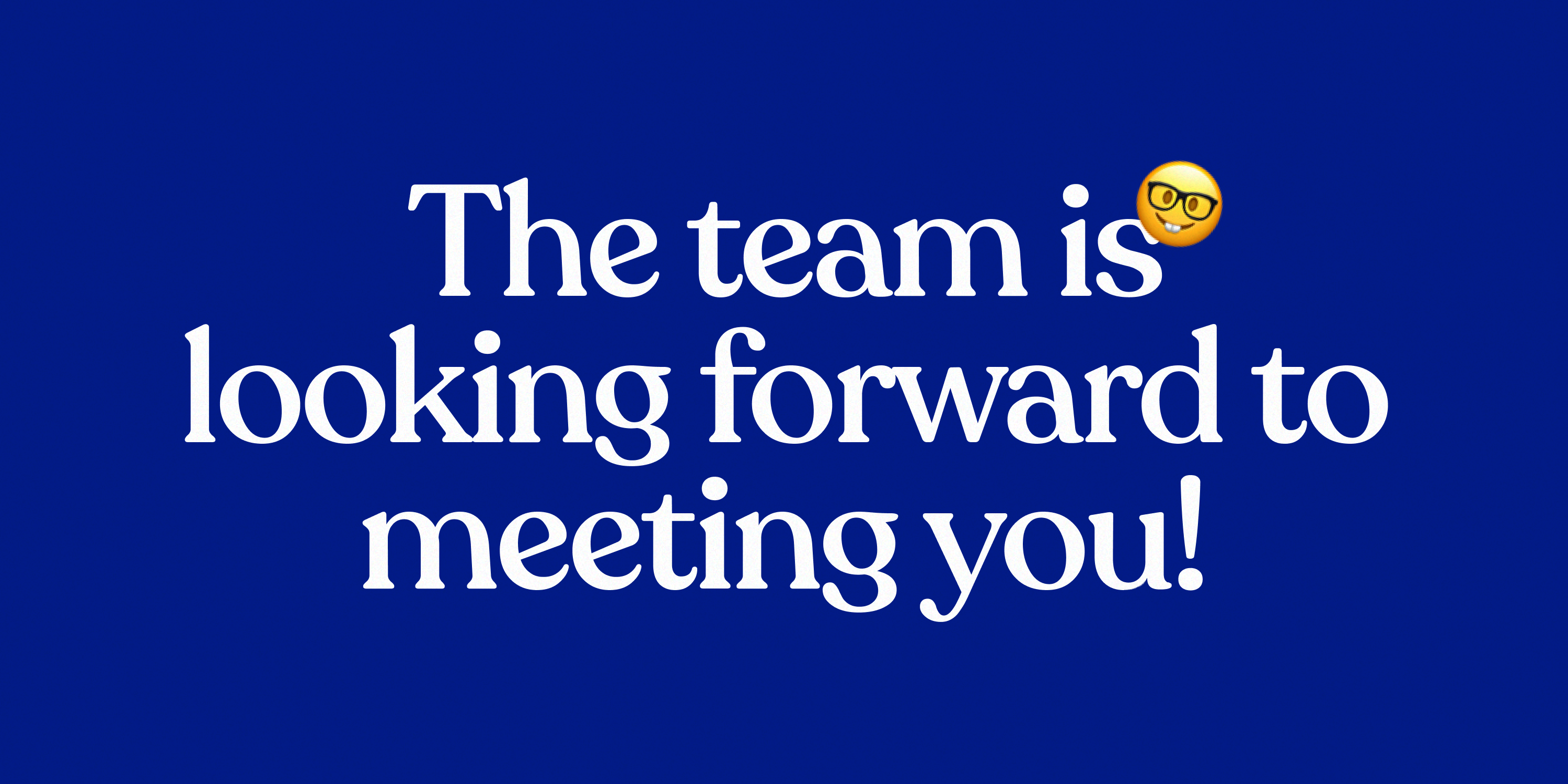
You aren’t prepared to answer technical questions
Once the recruiter decides you would be a good fit, they set up a conversation with the design team. This could be with the director or the entire team, but it varies by organization.
Think of this as a second screening call, but more technically focused.
At this point, the design director is trying to gauge your level of responsibility on previous projects, your experience working with engineers and product managers and whether or not you will be able to technically complete the job.
This is also a cultural fit conversation. How do you approach conflict? What do you value as a designer?
Be honest in how you answer interview questions. If you misrepresent yourself, you are setting everyone up for failure if/when you work together.
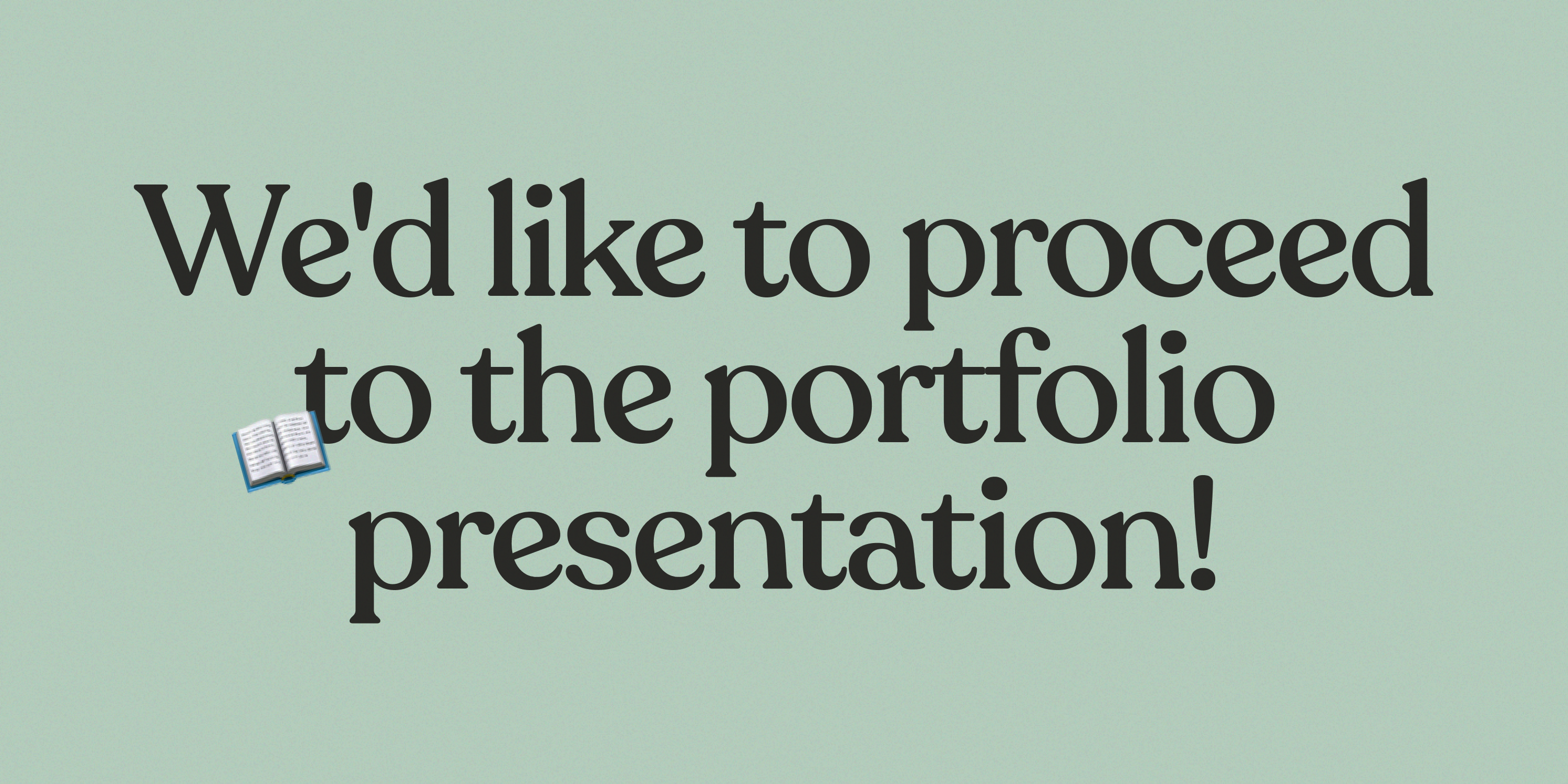
You present your work poorly
Once you have buy-in from the recruiter and design leadership, it’s time to prove yourself.
Think of this as a 3rd or 4th date. By this point the team is impressed with you on a surface level, but they need to know you have substance.
I’ve done work presentations for Square, Facebook and many others. Here are some pointers:
- Know your time limit and keep room for questions at the end
- Present 3 projects max (I usually do 2)
- Practice your pacing beforehand
- Make sure you introduce the problem statements and solutions
- Quantify results
- Explain your role on the team
- Tailor the presentation to be specific to the company you are interviewing for if possible
Keep in mind that this is not a visual design presentation. Your whole presentation should show that you are a skilled problem solver first and foremost. Beautiful UI is the icing on the cake.
Prepare yourself for the tough questions about the details, your thought process, how you worked with the team and more.
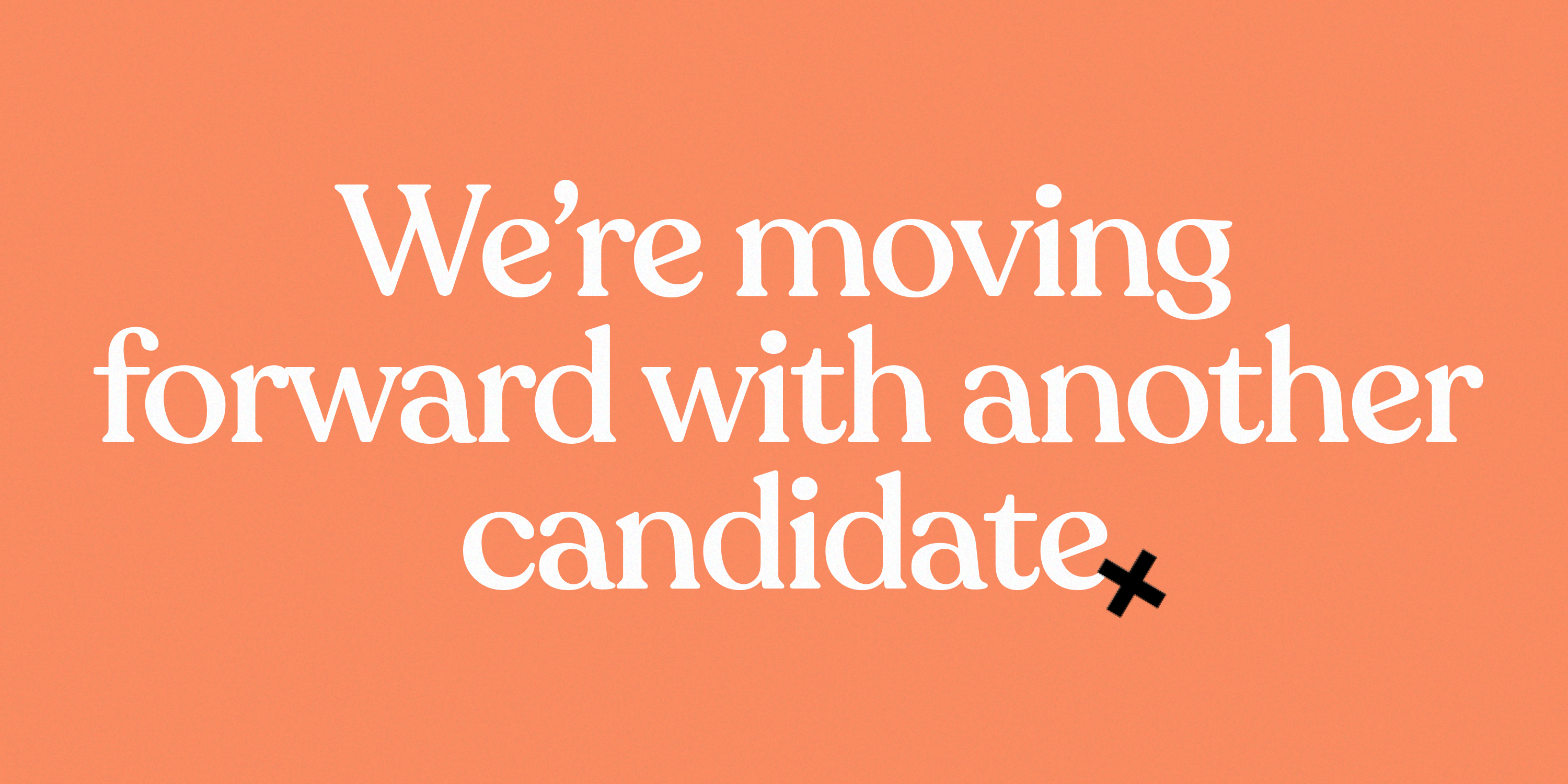
It’s not the right job for you
You finish the final interview. You crushed it. The offer letter will come any day. Days go by, and you hear nothing.
I’ve had this happen, multiple times.
It’s okay to ask why. You may not get an answer. If you do, it will help you know how to better prepare for interviews in the future.
I was recently rejected for a senior product role. I nailed every interview. Guess what? Another designer with highly relevant experience did too.
There are so many variables outside of your control when applying for jobs.
Here are some reasons why you might not get the role:
- The business decided to freeze hiring for the role
- Someone better came along
- You were too experienced
- Someone on the hiring team didn’t vibe with you
- You were too expensive
- You weren’t excited about the role
You can only control your own actions. If you thought it was a perfect fit but the offer wasn’t extended, guess what? It’s not the right job for you.
As designers, it can be hard to separate our identities from our work. Rejection from a job is not rejection of you as a person. Keep your head up, do your best work, and advocate for yourself.
From personal experience, good things take time.
I’m a multidisciplinary creative currently designing product for Square. To see my product design work, follow me on Dribbble. Have interview experiences to share? Let me know in the responses.
